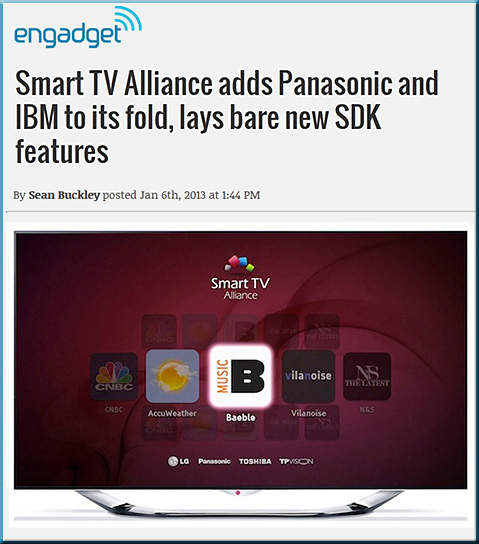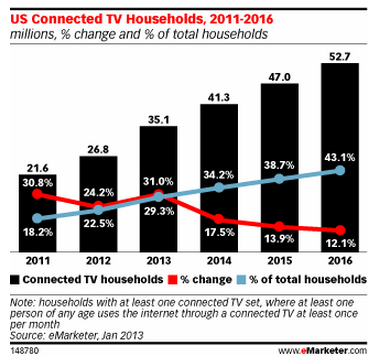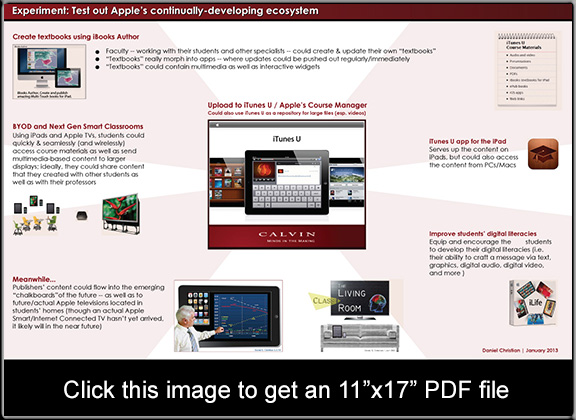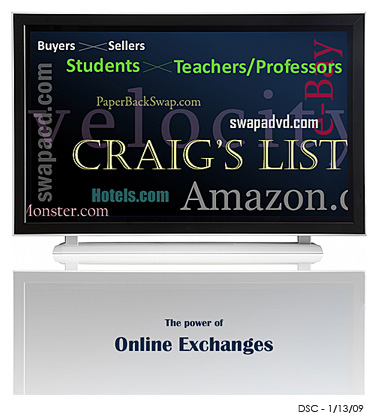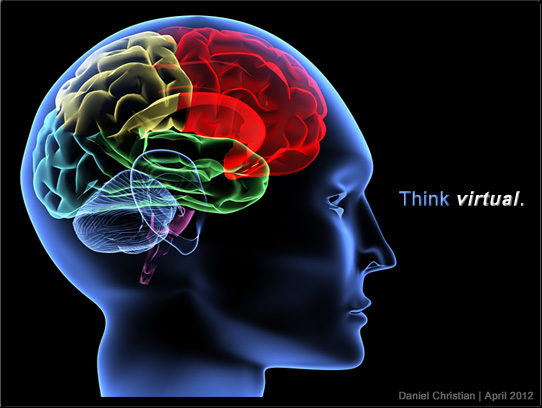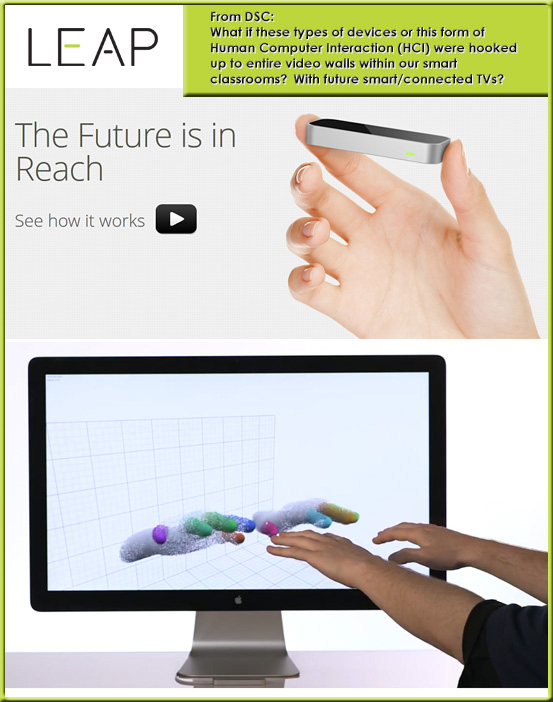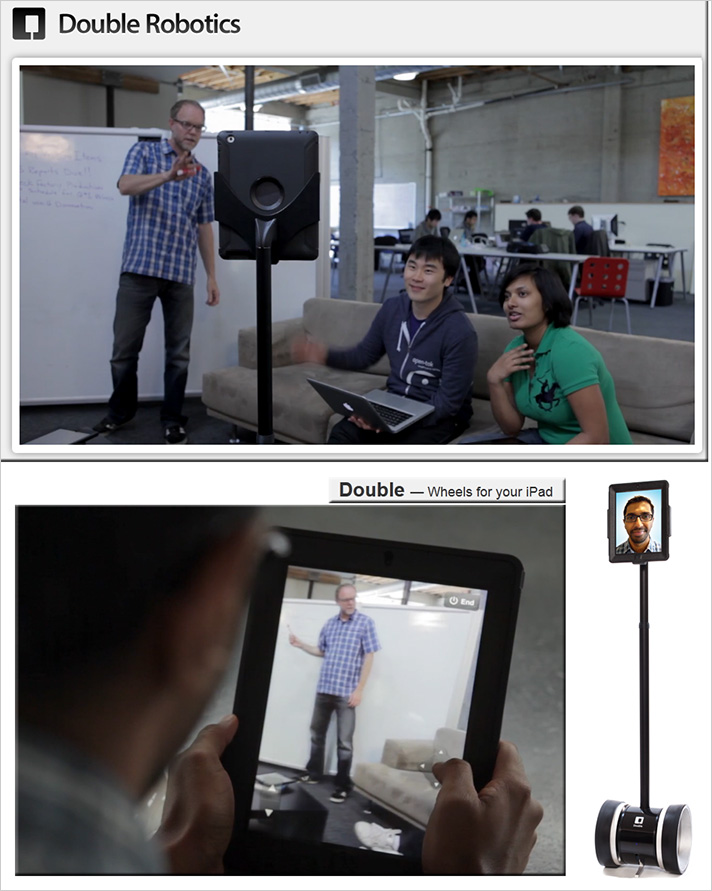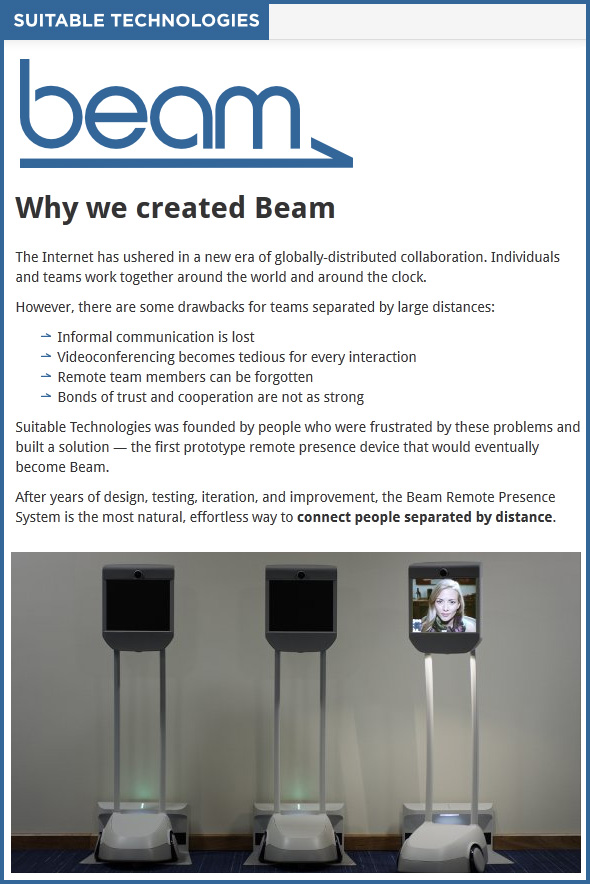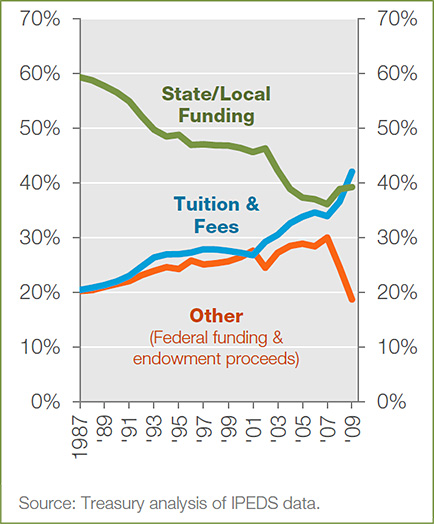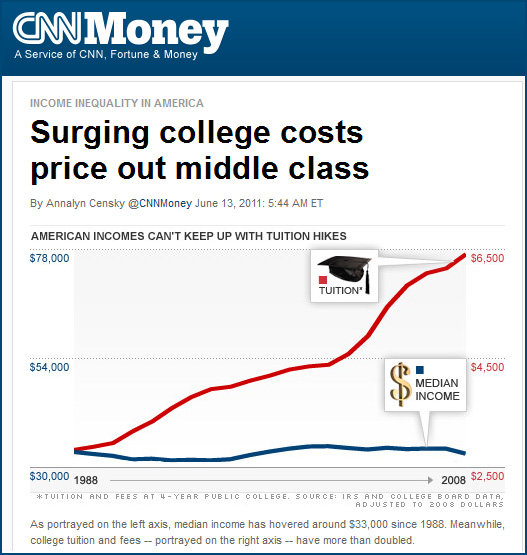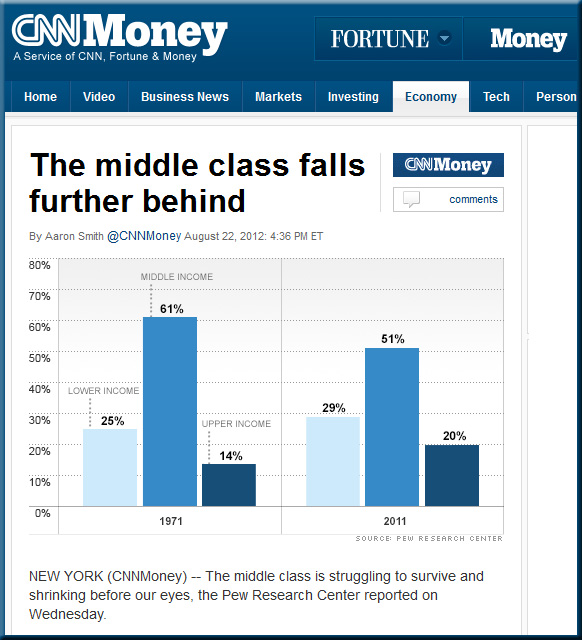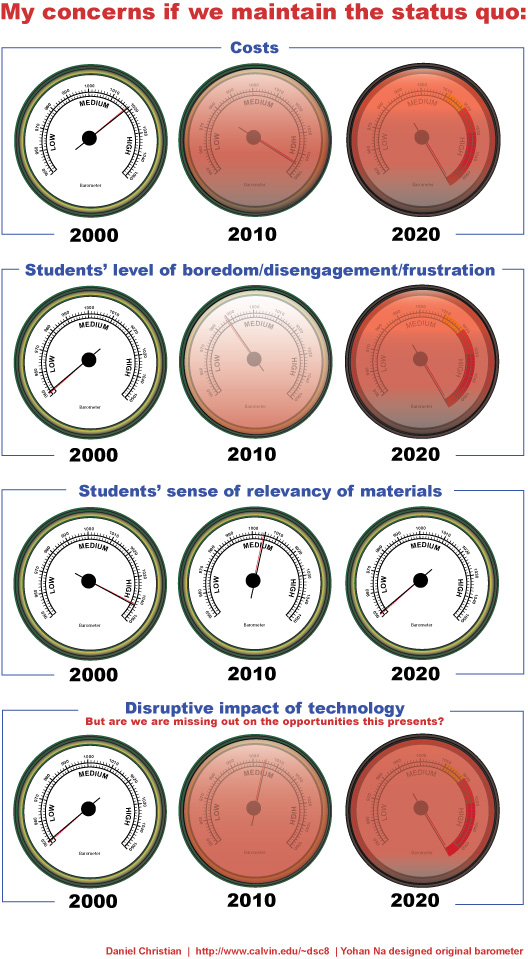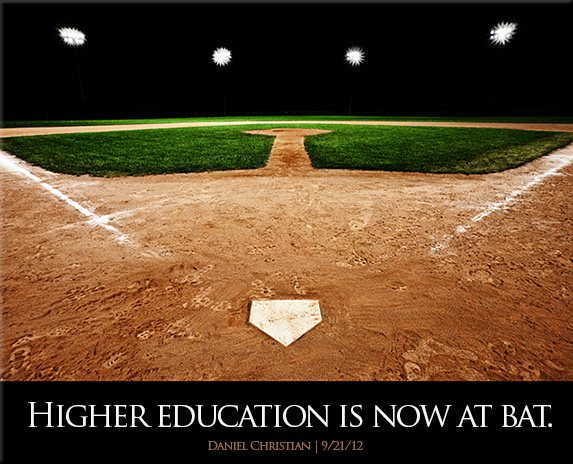From DSC:
The other day, I mentioned how important it will be for institutions of higher education to increase the priority of experimentation. But, for a variety of reasons, I believe this is true for the K-12 world as well. Especially with the kindergarten/early elementary classroom in mind, I created the graphic below. Clicking on it will give you another example of the kind of experimentation that I’m talking about — whether that be in K-12 or in higher ed.
From DSC:
I’m trying to address the students that are more easily distracted and, due to how their minds process information, have a harder time focusing on the task at hand. In fact, at times, all of the external stimuli can be overwhelming. How can we provide a learning environment that’s more under the students’ control? i.e. How can we provide “volume knobs” on their auditory and visual channels?
Along these lines, I’m told that some theaters have sensory-friendly film showings — i.e. with different settings for the lights and sound than is typically offered.
Also see — with thanks going out to Ori Inbar (@comogard) for these:
.
- Google gets in your face — from spectrum.ieee.org by Elise Ackerman / January 2013
Google Glass offers a slightly augmented version of reality
. - Point brings augmented reality ads to your phone, now with interactive videos — from engadget.com by Zachary Lutz
. - Disney partners with toy company, LA billionaire to make augmented reality toy app — from polygon.com by Alexa Ray Corriea
A relevant addendum on 1/10/12:









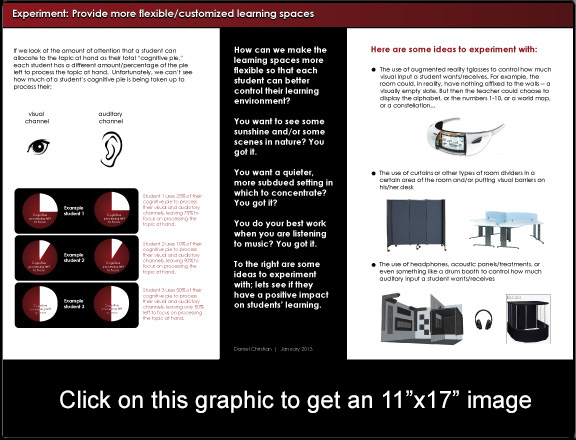
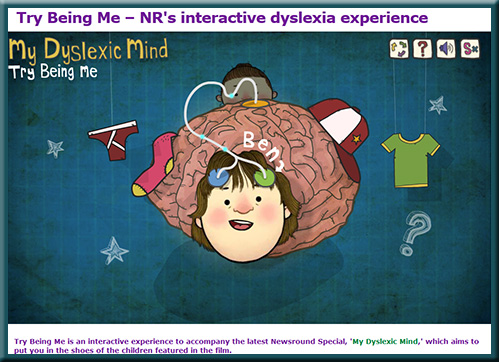
![The Living [Class] Room -- by Daniel Christian -- July 2012 -- a second device used in conjunction with a Smart/Connected TV](http://danielschristian.com/learning-ecosystems/wp-content/uploads/2012/07/The-Living-Class-Room-Daniel-S-Christian-July-2012.jpg)
